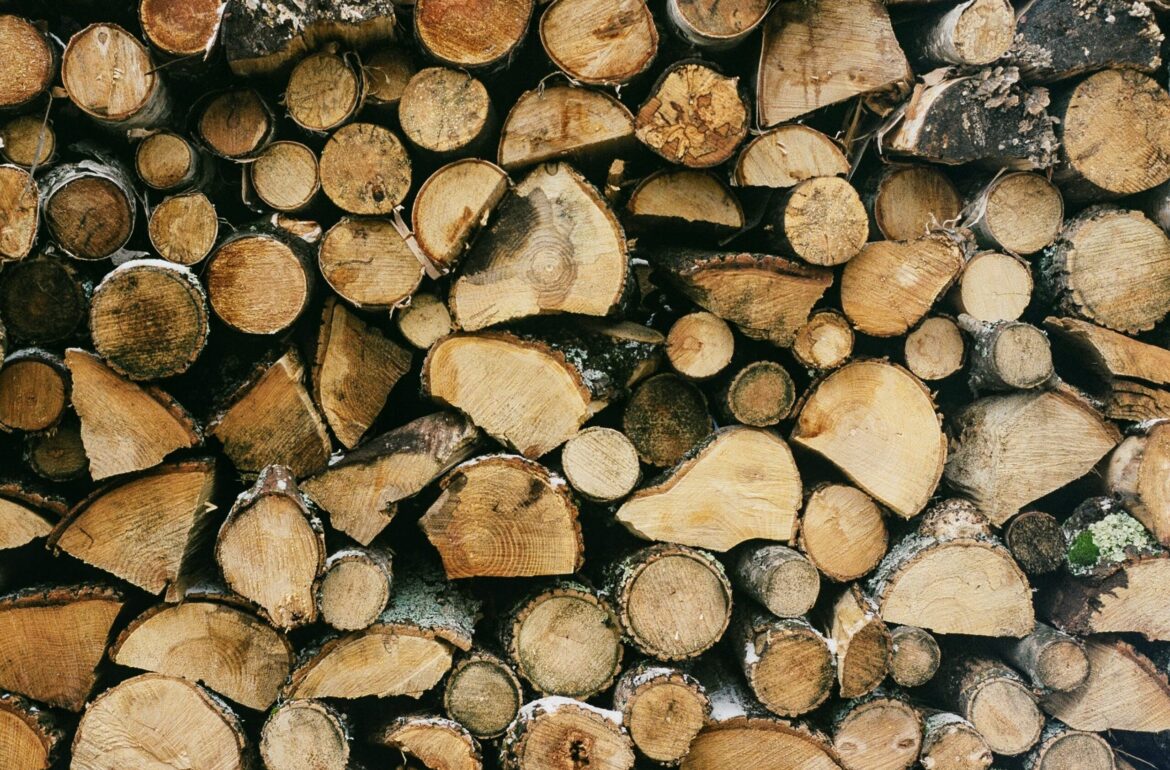Scientists at the Tallinn University of Technology are testing a novel wood technology – cross-laminated timber (CLT). Their goal is to find out how this material become more airtight. Airtight building envelope is essential for moisture safe and energy efficient building envelopes. Scientific experiments done with this construction material are of interest to CLT producers as well as builders.
Properties of wood along and across the fiber direction vary. But when several layers of wood are glued together in varying fiber directions it becomes a material with highly desirable properties – a cross-laminated timber panel. Estonia’s companies are already producing and selling CLT successfully. However, TUT building physics and wood technology scientists are performing experiments to find out the correct way for builders to use the CLT. It is necessary to know how many layers are needed to give the best results and exactly how wet or dry the timber should be upon glueing.
Villu Kukk, a doctoral student of building physics and wood technology at TUT studying the CLT panels, mainly wants to know how many layers of wood should be put together for the material to let as airtight as possible. Scientists at the Nearly Zero Energy Building (nZEB) and Laboratory of Wood Technology research groups, however, are also testing how wet or dry the wood being glued together has to be, as this will determine how strong the resulting material is.
“And we found that the more layers this panel has and the less moisture the initial boards have, the more airtight the panel will be,” Kukk said summarising the results of the initial results. The formation of cracks in the layers of wood and the expansion of wood are, first and foremost, being studied to find out which technology is best for producing CLT.
“This knowledge can be used for producing the panels and manufacturing companies can use our research to make their technology more effective,” said Kukk.
In TUT’s nZEB test house tests are conducted in real climate conditions to test how the CLT panel lets air and thus also heat and moisture pass through. CLT panels have been used on one side of the wall and, on the other side, the wall has been covered with various wall materials (e.g. plasterboard, wood, and clay plaster) to see how air and moisture flow in these structures.
The leader of the research and a professor of building physics, Targo Kalamees, explained that the temperature and moisture in the wall element are being measured with sensors. “This way we can find out whether any of the wall elements is letting more air pass through than the others. For example, if the wall element is built from wet wood, it will shrink in time, cracks will develop in the material and moist air will move into the wall through these cracks,” he explained.
Targo Kalamees’s team is also testing novel insulation materials which prevent the movement of heat and moisture. Unfortunately, such insulation materials can also create a situation where the moisture leaving the timber stays inside the wall.
According to Kalamees, CLT manufacturers as well as builders adopting new materials are interested in finding out how these panels function in use. This is exactly why the engineers of the TUT Nearly Zero Energy Building research group as well as scientists at the Laboratory of Wood Technology are conducing tests.
At the moment, the most important aspect of an energy-efficient house is moisture safety and how much energy it consumes during use. However, in the coming decades more importance will also be put on how much energy was used in producing the construction materials needed for building that house. In regard of embodied energy, timber is one of the most advantageous material.
Furthermore, construction is the best way to increase the value of wood because using local raw materials for building and developing new wood technologies gives wood significant added value in science, construction as well as the economy.
The translation of this article from Estonian Public Broadcasting science news portal Novaator was funded by the European Regional Development Fund through Estonian Research Council.
 Back
Back



